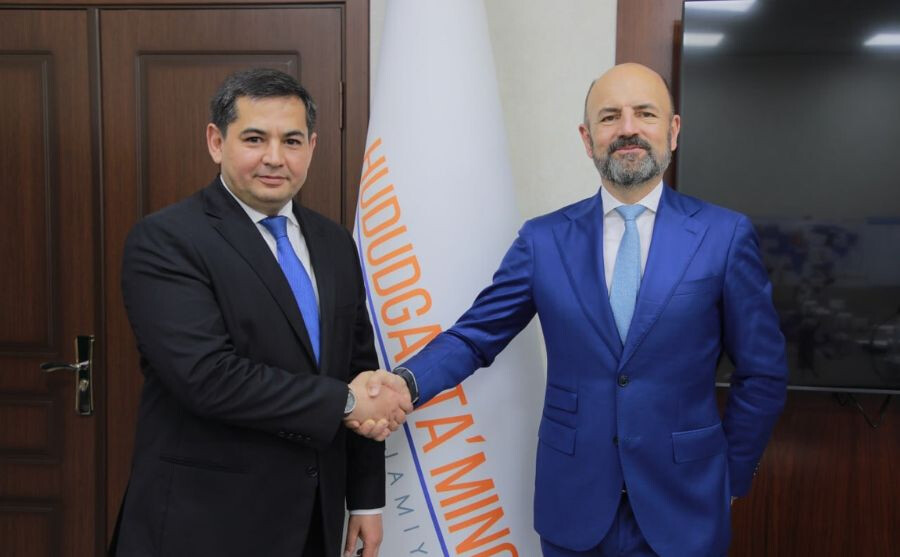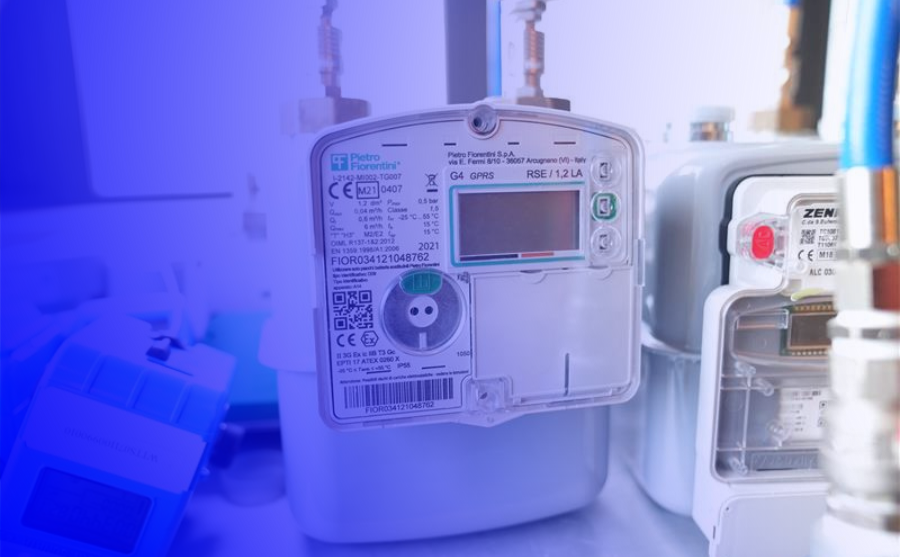

4/9/2025



The gas valve plays a crucial role in the management of gas supply, especially in cases of delinquency or termination of service. Over the years, the process of using the valve has seen and undergone regulatory and technical evolution, with the introduction in 2022 of new guidelines to ensure that the supply point was suitable for remote management, with common rules that adhered to the Italian Authority (ARERA) standard and at the same time guaranteed the safety of the gas service.
One of the focal topics in the management of the gas service in Italy, at least in recent years, is that of meter solenoid valve closures, central to the management of more extreme cases such as delinquencies or service interruptions due to termination of the end user's contract. Specifically, with the arrival of smart metering and the possibility of managing many processes remotely, distributors have therefore had to comply with the regulations imposed by the Authority, following up on the use of the solenoid valve in commercial processes, obtaining, among other things, an opportunity to make management times and costs more efficient.
Let us now, however, take the magnifying glass and see how remote solenoid valve closure management works.
Starting with Del. 631 of 2013, ARERA issued directives for the commissioning of gas metering units characterised by the minimum functional requirements, requiring distributors to adopt technologies prepared for remote reading and remote management for mass market meters. This has therefore led the distributors themselves to considerable investments for the adaptation of their meter fleets, as well as to a change in their vision of user management. In this context, there is also the use of remote supply interruption which, already known in the electricity sector, had to change and adapt to a supply management context with different specificities and problems.
The process of shutting down the solenoid valve was regulated mainly by Italian Autority directives, which required operators to comply with a commercial requirement, to manage the following activities:
However, operational and technical specifications in the performance of the activity itself had not yet been provided, thus leading distributors to experiment independently with the use of the solenoid valve, gathering from their own experiences the various critical elements related to the continuity and security of the service and the type of technology and infrastructure adopted.
The experiences and management data were thus shared in various technical tables that had previously been set up, not least that of the IGC (Italian Gas Committee, appointed precisely by ARERA) which was charged with harmonising them in a technical standard in order to manage the processes smoothly and homogeneously and still protect the interests of the players involved.
The introduction of the UNITS 11689/2022 standard, therefore, for the first time, provided fundamental guidelines for the closure of solenoid valves, introducing the concept of telemanagement of the supply point: a smart meter can only be closed if it is considered healthy, i.e. if it communicates in a stable manner, has adequate signal strength and does not present critical alarms, such as a low battery.
The frequency of communication with the meter when it is closed must be increased to keep the point monitored and to allow intervention in the field in a timely manner, should it show anomalies after closure, restoring a safe condition to protect public safety (tampering, meter leaks, etc.).
At this juncture, smart metering systems become essential for the distributor in managing valve closure activities remotely.
Closing the solenoid valve is not an immediate operation, but requires a series of well-defined steps to ensure that everything is done correctly. The timing is therefore dictated by the tools and infrastructure adopted by the distributor.
Before proceeding with the closure, Meter Data Management performs preliminary checks (ex ante reports). These checks serve to verify that the meter is able to communicate correctly and that no technical problems are encountered. In addition, the master information of the smart meter is checked to ensure that the manufacturer guarantees certain minimum telemanagement parameters. If the meter does not meet the requirements, the distributor can exclude it from telemanagement and manage it in the field in the traditional way, thus complying with the standard and ensuring that telemanagement operations are only performed under the appropriate conditions, thus also making the commercial timing imposed by ARERA on performance efficient.
Once it has been ascertained that the meter is suitable and telemanageable, the valve closure command is sent. In order to optimise the process, Terranova MDM has, among other things, a specific feature that allows the meter to automatically reprogram the wake-up frequency only at this stage, thus reducing the risk of errors.
After closing, it must be verified that the command has been executed correctly. At the next communication, the system then requests a new meter reading, which is necessary to update the billing, and starts monitoring any anomalies in the meter itself.
After the shutdown and after the regulatory time has elapsed, in order to avoid excessive consumption of the meter's battery, less frequent wake-up windows are automatically scheduled to optimise the meter's lifetime. At the end of the process, the distributor receives a report with the KPIs of the valve closure, providing a clear picture of the effectiveness of the process.
The gas solenoid valve represents a fundamental innovation for remote supply management. The shut-off process is not just a simple technical operation, but a set of controls, checks and monitoring to ensure efficient and safe service. With these tools, distributors can manage the network more precisely, minimising risks and optimising resources.

Want to know more?
We’d be happy to talk more in detail about your needs and explore how we can become your ideal partner, to assist you in your business venture of innovation, digitization and sustainability